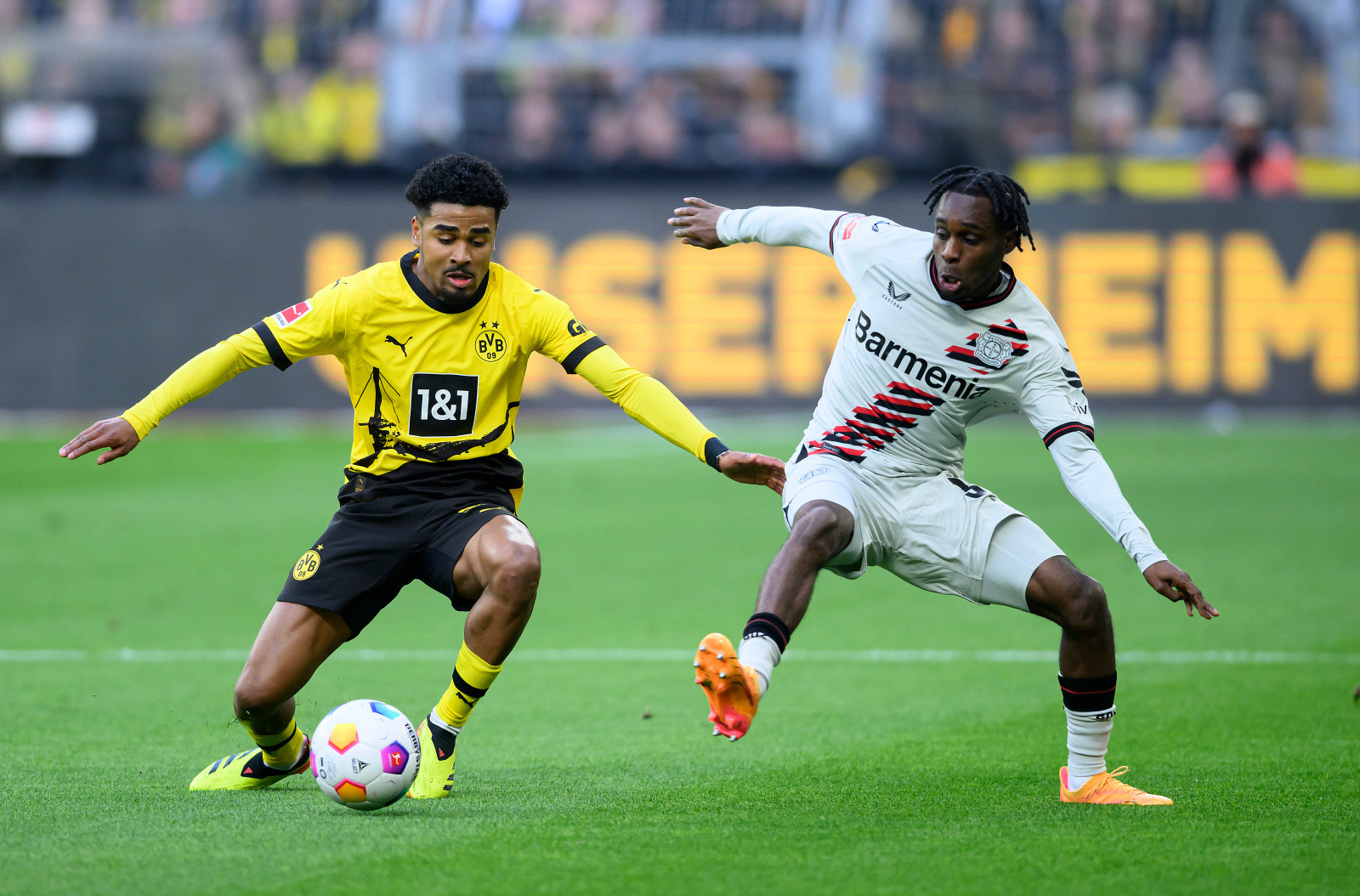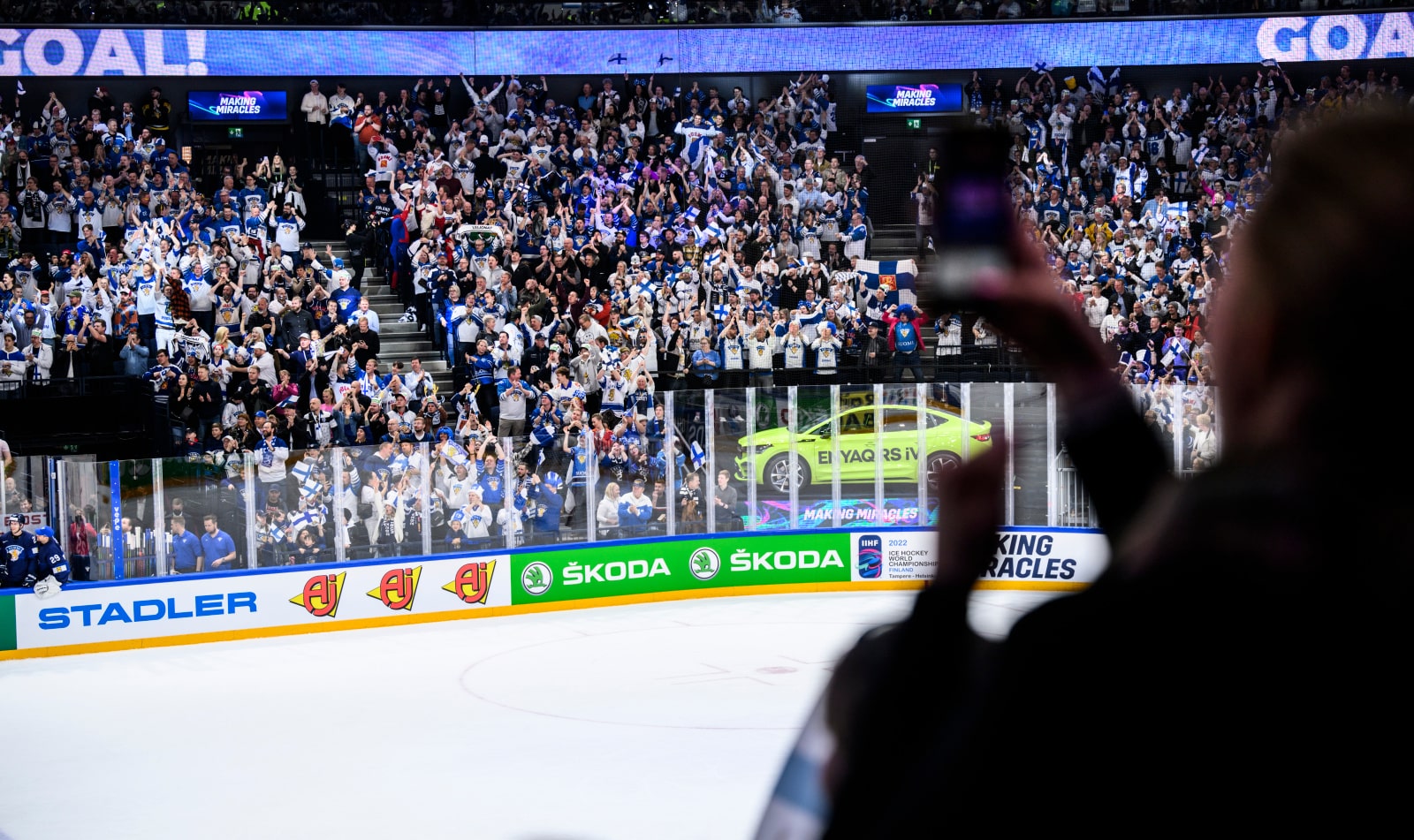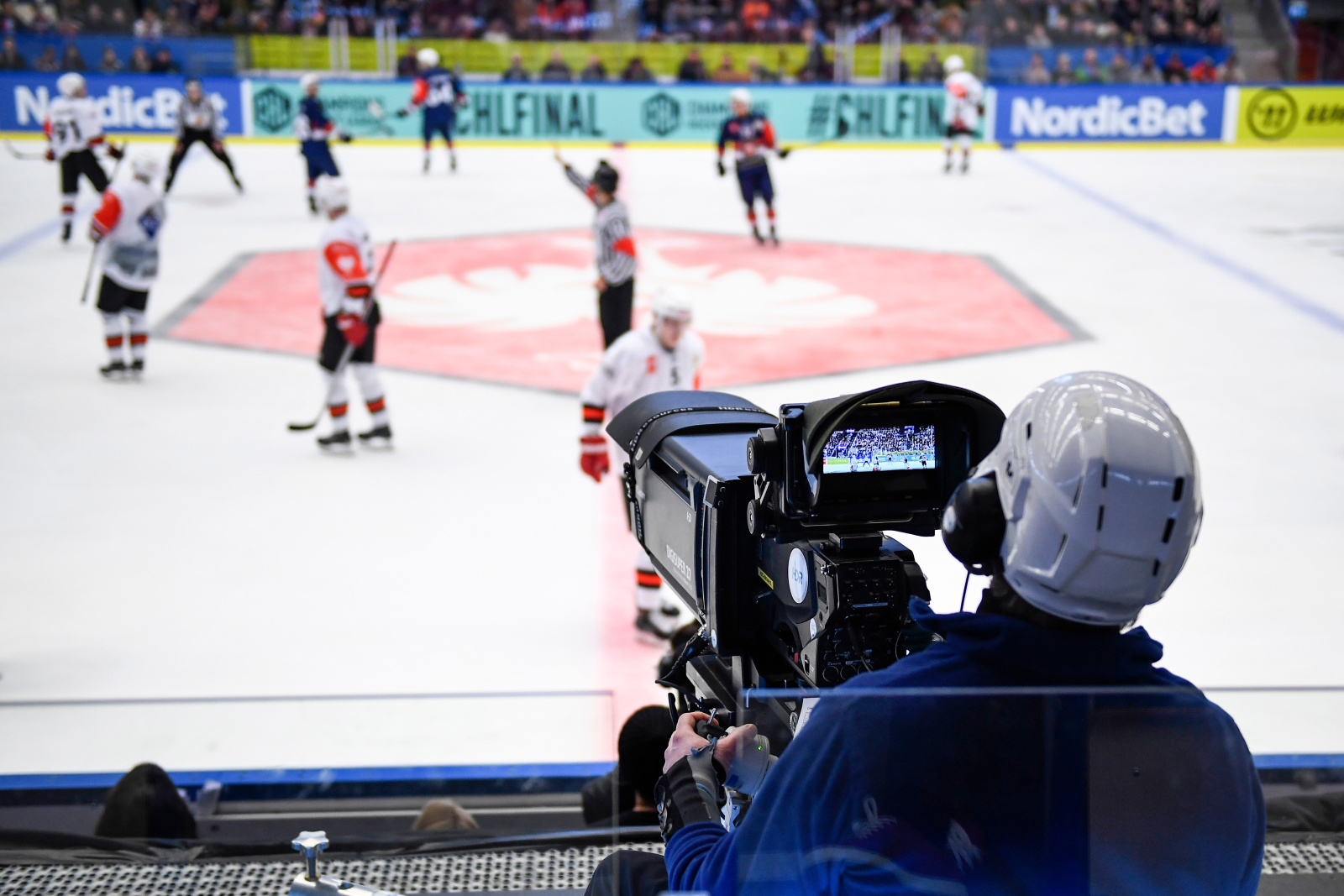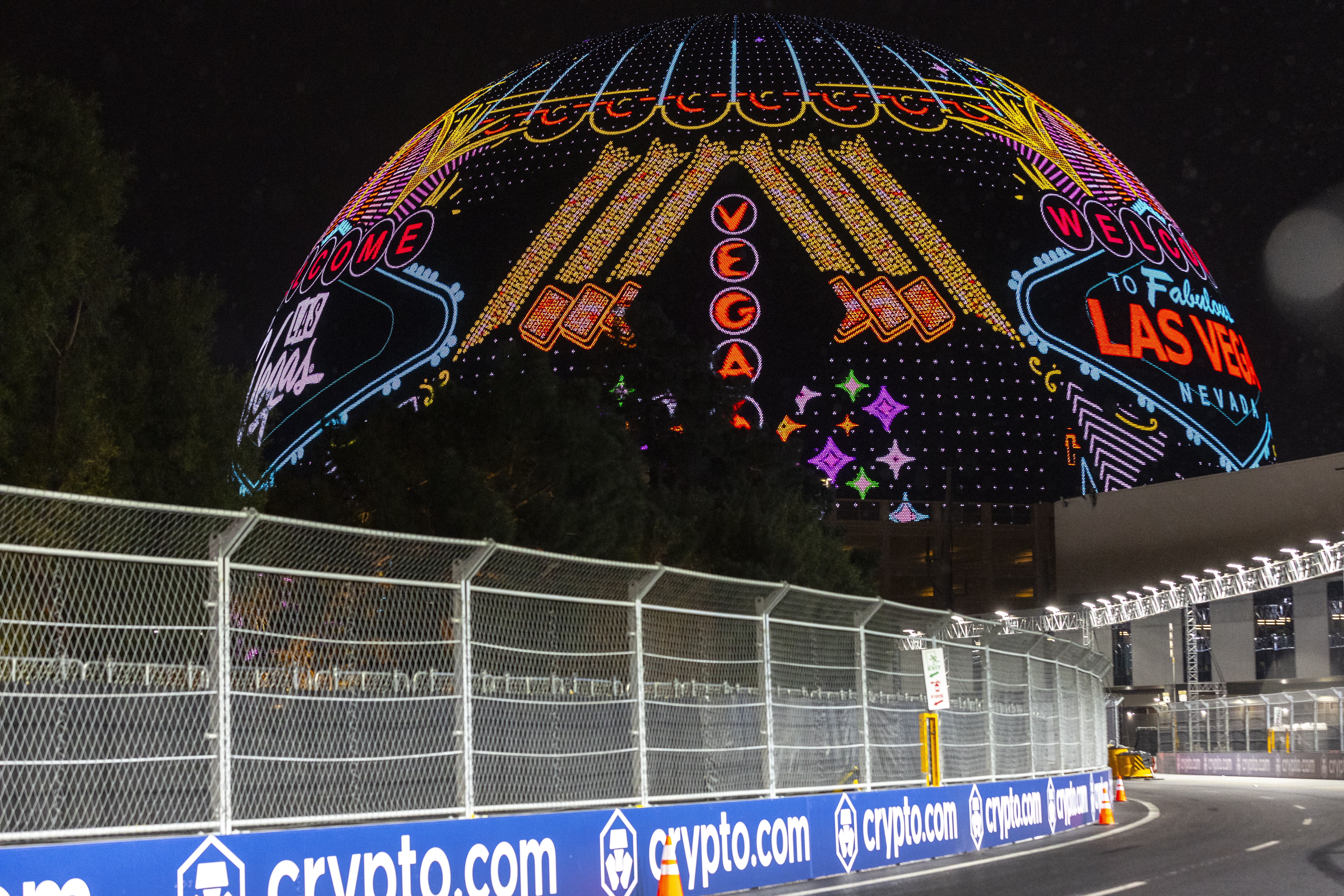Advertising in sport has evolved significantly from static banners to sophisticated, dynamic solutions that help brands engage fans. Virtual advertising has become a crucial tool, allowing brands to target specific territories or regions with tailored messaging. With its increasing scalability, it opens new commercial opportunities, ensuring brands maximise their sponsorship investments in sport.
Understanding virtual advertising
Virtual advertising is a more targeted approach which can help brands connect with audiences during live sports broadcasts. By digitally overlaying branding and messages onto real-world environments such as LED boards, virtual advertising allows for dynamic, location-specific ad placements.
For instance, during the 2024/25 season, viewers watching a Bundesliga match in Germany would see one type of advert while audiences in South America saw promotions for Radar Tyres. Meanwhile, the feed for Asia featured ads for an online trading platform Ultima Markets.
This technology also creates a more personalised viewing experience, enhancing engagement by delivering relevant ads to different regions simultaneously. Not only does this innovation boost viewer interaction, but it also provides rightsholders with lucrative opportunities, enabling them to sell the same advertising space to multiple advertisers targeting specific markets.
Sponsors: How to make virtual advertising work for your brand
For sponsors, there are several key points to consider when assessing virtual advertising opportunities. Understanding these aspects helps sponsors make informed decisions that align with their broader marketing strategies.
What can virtual advertising achieve for sponsors?
Firstly, sponsors need to clearly define their sponsorship objectives, as they would for any sports sponsorship. They should consider which part of the marketing funnel the opportunity will enable, such as brand awareness or conversion. In addition, where are the fans they want to talk to? Knowing the objectives helps in crafting a virtual advertising strategy that effectively meets their goals. Some virtual advertising opportunities are pure media buys, while others are more comprehensive regional packages that include assets beyond brand visibility, such as IP rights and digital content. What’s the ROI of virtual advertising?
Sponsors must evaluate the expected media ROI in their target markets. Sports sponsorship ROI can often be complex, which is why having those clear objectives we spoke about before is so important. Comparing this option with alternative opportunities ensures that virtual advertising provides the best value.
Analysing past performance and forecasting potential returns can guide these decisions, ensuring that investments are justified and – more importantly – have a positive effect on the bottom line.
Finding the right sport to fit a brand’s needs
Assessing the fit between the proposed property or sport and the sponsor's brand is crucial. Engaging in a conversation with the most suitable rightsholders and looking at the values, target audiences and fan affinity towards the product category is a vital step.
A good fit enhances the effectiveness of the advertising, ensuring that it resonates well with the audience and aligns with the brand's identity.
Inventory and messaging – What to say and how to say it
Sponsors also need to determine if the available inventory allows them to communicate effectively with their target audience. There needs to be a relevant fit between inventory and brand objectives. If the objective is to drive brand awareness, virtual advertising inventory like cam carpets are ideal. If the objective is to educate people about your product or drive traffic to your website, then LED boards are more suitable.
Additionally, they must evaluate if they can deliver the marketing literature required to properly optimize the impact of the space, and if not, where does it come from? Effective messaging is key to a successful campaign, ensuring that it captures the audience's attention and drives engagement. Otherwise it’s just noise on the side of the pitch that can be ignored – or worse – vilified.
Finally, brands can approach virtual advertising from two angles, depending on their objectives. Firstly as an effective media buy for target markets. Secondly, as a media buy that includes sponsorship activation assets, such as IP rights, hospitality, and digital content beyond brand visibility, elements such as fan engagement activities or digital content can enhance the overall impact of the sponsorship. These additional assets provide more touchpoints with the audience, increasing the sponsorship's overall effectiveness.
Where it’s already working: How virtual advertising boosts gaming brands
For gaming brands facing strict ad regulations, virtual advertising offers a targeted, compliant way to reach engaged sports fans. It allows for precise regional adaptation, reinforcing credibility by aligning with elite sports properties while keeping messaging relevant and localised.
With the flexibility to scale campaigns, update creatives in real time, and track performance through measurable KPIs, gaming brands can stay responsive and maximise impact. Whether the goal is brand awareness, conversion, or deeper fan engagement, virtual advertising provides a powerful, adaptable solution.
READ MORE: 10 reasons why virtual advertising in live sports is a winning play for gaming brands
Virtual advertising presents a valuable opportunity for brands, enabling them to strategically direct their marketing spend toward target audiences. However, it is crucial for brands to thoroughly assess the available opportunities and determine which options align best with their goals and target market. By considering the key points, brands can efficiently address virtual advertising opportunities and maximize their commercial potential.


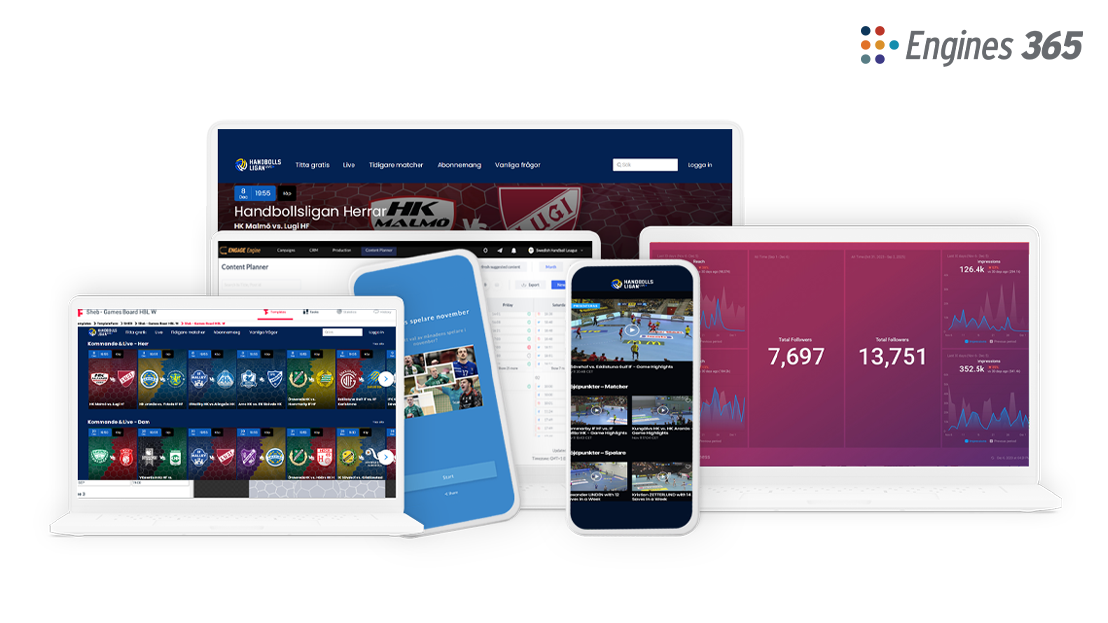
/Images-Logos/14022025_Website_Virtual%20Advertising.jpg)

